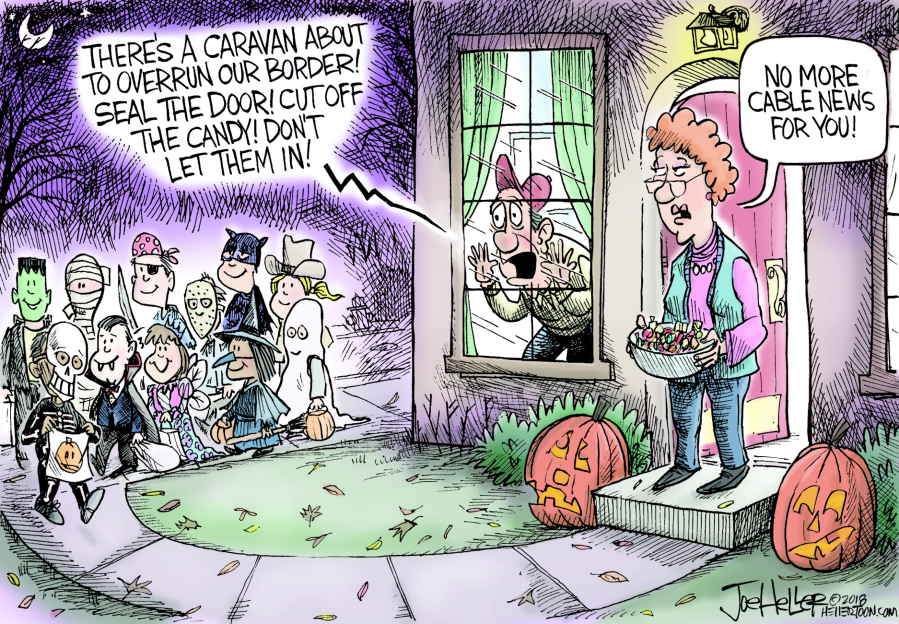In North Dakota, a court ruling allowed the state’s Republican-sponsored voter ID law to require voters have a residential street address listed on their identification in order to cast their vote. The problem with this law? The state’s large Native American population has mostly P.O. box addresses, and will therefore not be able to vote in the midterm elections.
In Ohio, a restrictive law purges voters from the rolls if they haven’t voted in two years, and has removed nearly 150,000 voters from the rolls in the state’s largest, Democrat-leaning counties.
The instances of voter suppression — from closing polling locations to simply purging eligible voters from the rolls — are increasing in the U.S. An Oct. 24 article in The Atlantic predicts “massive purges of minority voters from state rolls will stain the 2018 elections.”
If you think voter suppression tactics can’t possibly make a difference in this country, think again. In her book “One Person, No Vote: How Voter Suppression Is Destroying Our Democracy,” professor Carol Anderson makes the case that voter suppression tactics, specifically those in Wisconsin and Florida, swung the electoral vote in Donald Trump’s favor in 2016 and handed the American presidency to a man who lost the popular vote by more than three million votes.
This year, this week, we ask that you feel a deeper appreciation for the ease and convenience of Washington’s vote-by-mail system. Research the candidates and the issues. Read the voter’s guide. Visit the League of Women Voters’ website and try to better comprehend the initiatives and what the candidates stand for.
Then, cast your vote and get your signed ballot in before 8 p.m., Tuesday, Nov. 6. Let’s show the rest of the nation how it’s done. Happy voting!

